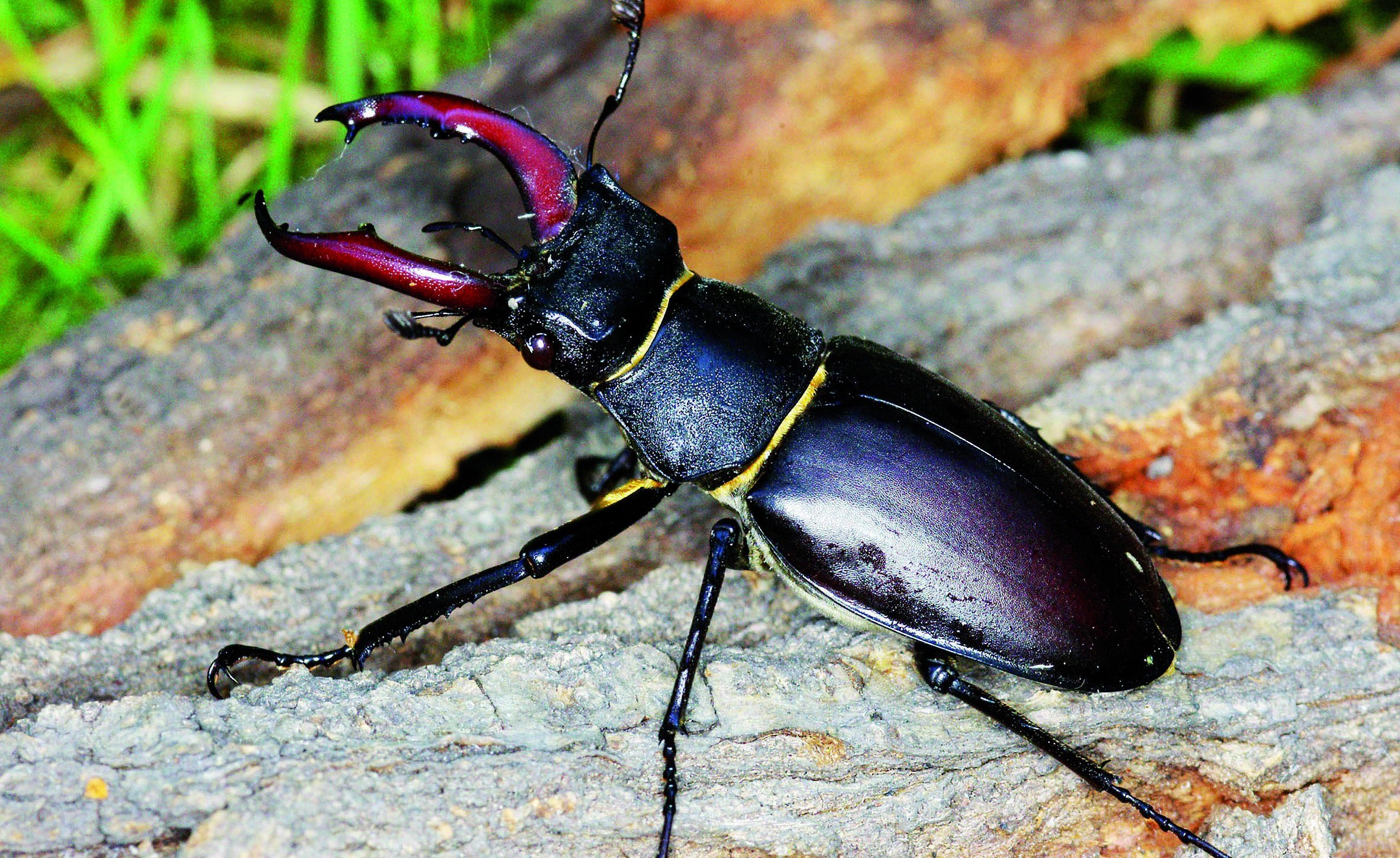Keeping our brains healthy as we age is important, and recent findings from the Gerontological Society of America show that our diet plays a crucial role in reducing the risk of dementia and improving memory in older adults.

Their new report, titled “Insights & Implications in Gerontology: The Vital Role of Nutrition in Brain Health,” talks about how the food we eat can have a big impact on how our brains function.
The key message of the report is simple: Eating a healthy diet can help prevent dementia as we get older. The report explains that certain vitamins and minerals are essential for brain health. By making good food choices, we can improve how our brains work and keep them healthy.
One diet that stands out in the report is called the MIND diet, which stands for Mediterranean-DASH Diet Intervention for Neurodegenerative Delay. This diet is known for its ability to improve cognitive function, or how well our brains work. It focuses on eating lots of vegetables, nuts, berries, beans, whole grains, fish, poultry, and olive oil.
At the same time, the MIND diet suggests limiting the intake of red meat, butter, cheese, pastries, sweets, and fried foods. Following the MIND diet can actually make your brain function as if it were 7.5 years younger than your actual age.
Dr. Kathryn Porter Starr, from Duke University School of Medicine and Durham VA Medical Center, is one of the experts behind the report. She says that talking about diet with older adults can be difficult. Dr. Porter Starr suggests tailoring conversations about food to what each person wants to achieve. This could be things like gaining muscle strength, improving memory, or being able to travel or play with grandchildren.
This way, discussions about diet become more meaningful, and people are more motivated to make healthier choices. Although getting all the nutrients we need from food is ideal, the report recognizes that it can be hard for older adults due to changes in their bodies and health conditions that affect how nutrients are absorbed.
Dr. Starr says she would love it if everyone could get all their vitamins and minerals from food, but she knows that’s not always possible. As a solution, the report suggests turning to fortified foods or dietary supplements to make sure older adults get enough nutrients.
The report provides helpful advice on how dietary choices can support brain health as we age. By following science-backed recommendations and taking a compassionate approach to nutrition counseling, we can take steps to protect our cognitive health as we grow older.
Benefits of the MIND diet include lowering the risk of Alzheimer’s disease and slowing down cognitive decline. The MIND diet focuses on foods that are good for the brain, like berries and leafy greens, which contain antioxidants and anti-inflammatory properties.









